India, a land of captivating allure, beckons travelers with its vibrant tapestry of culture and diversity. From the ancient heritage sites to the breathtaking natural landscapes. India offers a treasure trove of experiences that leave visitors spellbound. Its rich cultural heritage manifests in magnificent architectural wonders like the awe-inspiring Taj Mahal, a testament to eternal love, and the majestic palaces of Jaipur, where history comes alive. The serene Kerala backwaters invite exploration through peaceful boat rides, while the snow-capped peaks of the Himalayas offer thrilling adventures. India’s diverse cuisine, colorful festivals, and warm hospitality add to the country’s irresistible charm, making it a truly enchanting destination.
In the realm of travel, knowledge is the key to unlocking extraordinary experiences. Unfortunately, misconceptions and myths can obscure the true essence of a destination, and India is no exception. By debunking these myths, travelers can make informed decisions and embark on transformative journeys. It is crucial to recognize that myths surrounding India can hinder individuals from experiencing the country’s genuine beauty and authenticity. By going beyond preconceived notions and stereotypes, travelers can immerse themselves in the true India—an India that is as diverse as its people, landscapes, and traditions. Through this exploration, visitors can forge lasting connections, challenge their perspectives, and create memories that will endure a lifetime. So, let us venture forth, dispel the misconceptions, and embrace the magic that awaits in real India.
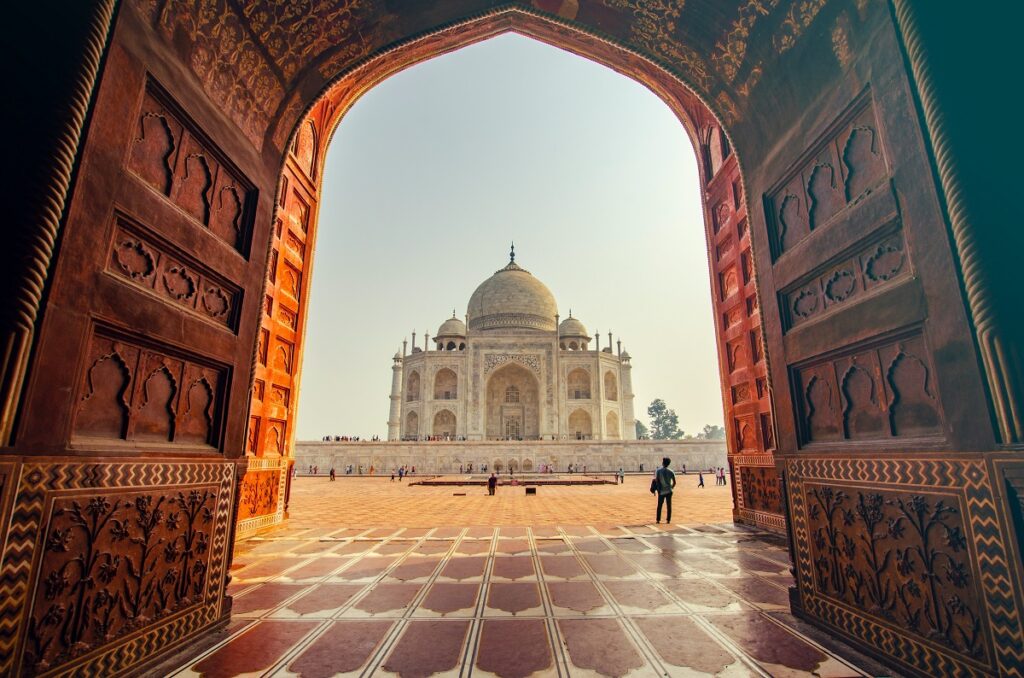
India is unsafe for tourists
India’s reputation as an unsafe destination for tourists is a persistent myth that needs to be debunked. While it is true that like any other country, India has its share of safety challenges, painting the entire nation with a broad brush of insecurity is both unfair and inaccurate. It is crucial to separate isolated incidents from the overall safety landscape of the country.
Statistics and facts reveal a different reality about safety in India. According to reputable sources, such as the World Economic Forum’s Travel and Tourism Competitiveness Report, India ranks favorably in terms of safety and security for tourists. Millions of travelers visit India each year without encountering any significant safety issues. India’s tourism industry has made significant strides in ensuring the well-being of visitors, with increased security measures, enhanced police presence in tourist areas, and dedicated tourist helplines.
Just like in any other destination, taking standard precautions is essential when traveling in India. This includes being mindful of your belongings, avoiding isolated areas at night, and using reputable transportation services. Staying informed about the local customs, culture, and potential safety risks is also crucial. Utilize trusted travel resources, and consult with locals or experienced travelers. And also follow the guidance of official advisories to make informed decisions throughout your journey. By being proactive and informed, travelers can navigate India’s vast landscapes with confidence and enjoy the incredible experiences it has to offer.
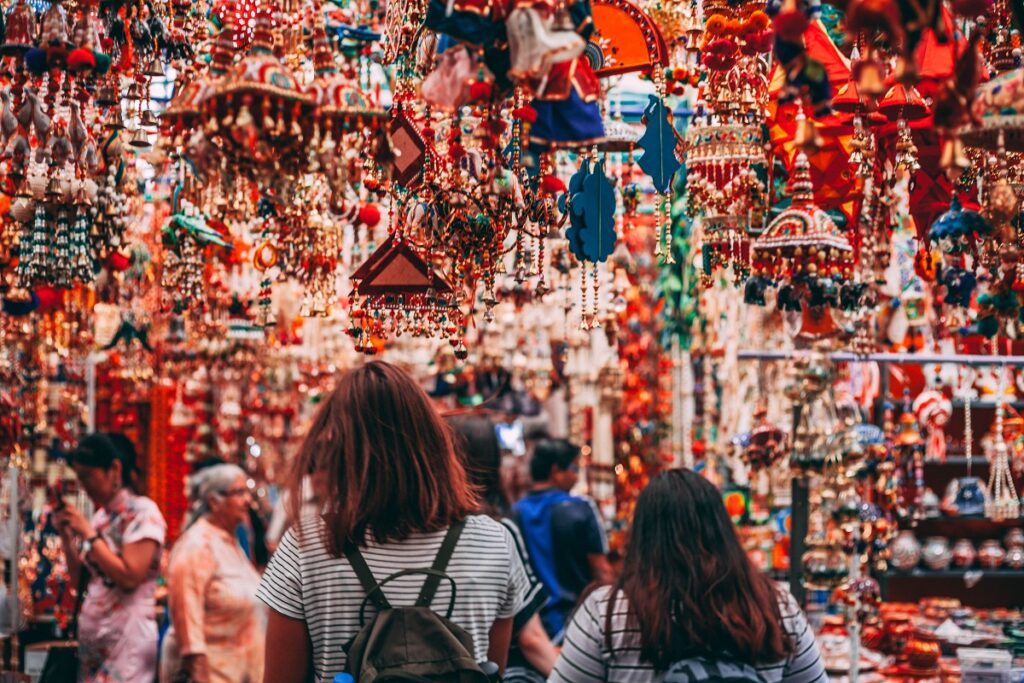
Myth 2: All of India is poverty-stricken
India is a land of incredible diversity, and this extends to its economic development as well. While poverty exists in certain pockets of the country, it is essential to recognize that India is also home to thriving industries and regions with significant economic progress. Metropolitan cities like Mumbai, Bengaluru, and Delhi boast bustling financial districts, high-rise buildings, and vibrant corporate culture. Additionally, there are regions like Goa, Kerala, and Rajasthan. They have flourished as popular tourist destinations, offering a glimpse into India’s economic diversity and growth.
India’s economic landscape has experienced remarkable growth in recent years. Booming industries such as Information Technology, Pharmaceuticals, Automotive, and Renewable Energy have contributed to the country’s economic prosperity.
Contrary to the myth, India offers a wide range of luxurious accommodations and experiences for travelers seeking indulgence and comfort. From world-class hotels and resorts to boutique accommodations and heritage palaces, India caters to discerning travelers with a taste for opulence. Many cities boast renowned international hotel chains that offer exceptional amenities and services. Furthermore, travelers can indulge in lavish spa treatments, fine dining experiences, and bespoke tours that showcase the country’s rich cultural heritage.
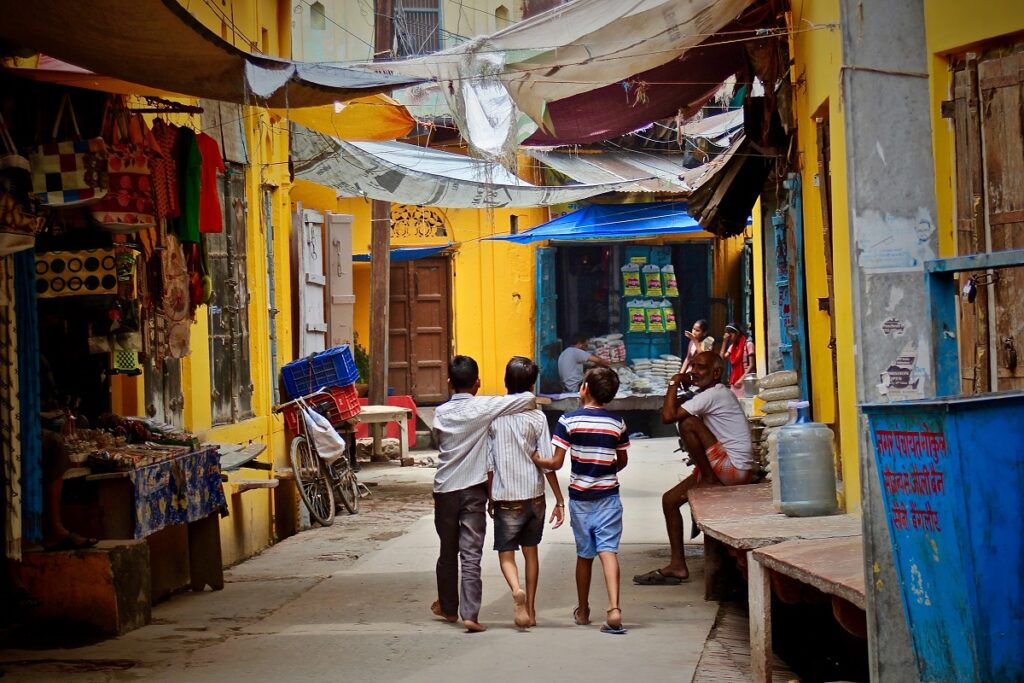
Myth 3: Indian food is only spicy and hard to digest
One of the most fascinating aspects of Indian culture is its diverse culinary landscape. India is a culinary paradise with a vast array of regional cuisines that vary in flavors, ingredients, and cooking techniques. Each state and even smaller regions within states have their unique culinary traditions. From the aromatic biryanis of Hyderabad to the rich and creamy curries of Punjab And from the spicy street food of Kolkata to the seafood delicacies of coastal regions.
Indian cuisine is renowned for its bold and vibrant flavors, owing to the skillful use of spices and cooking techniques. The spices, such as cumin, coriander, turmeric, and cardamom, infuse the dishes with distinctive tastes and aromas. The use of fresh herbs, vegetables, and locally sourced ingredients further enhances the authenticity and uniqueness of Indian dishes.
While Indian cuisine is often associated with spiciness, it is important to note that there are numerous options available for those with milder taste preferences or specific dietary requirements. Indian restaurants and food establishments are sensitive to the diverse needs of travelers. They often offer a range of dishes catering to different spice levels. From mild curries to mildly spiced rice dishes, there are plenty of flavorful yet milder options to savor. Additionally, vegetarian and vegan travelers will find a plethora of plant-based dishes in India’s culinary repertoire, as the country has a long-standing tradition of vegetarian cooking.
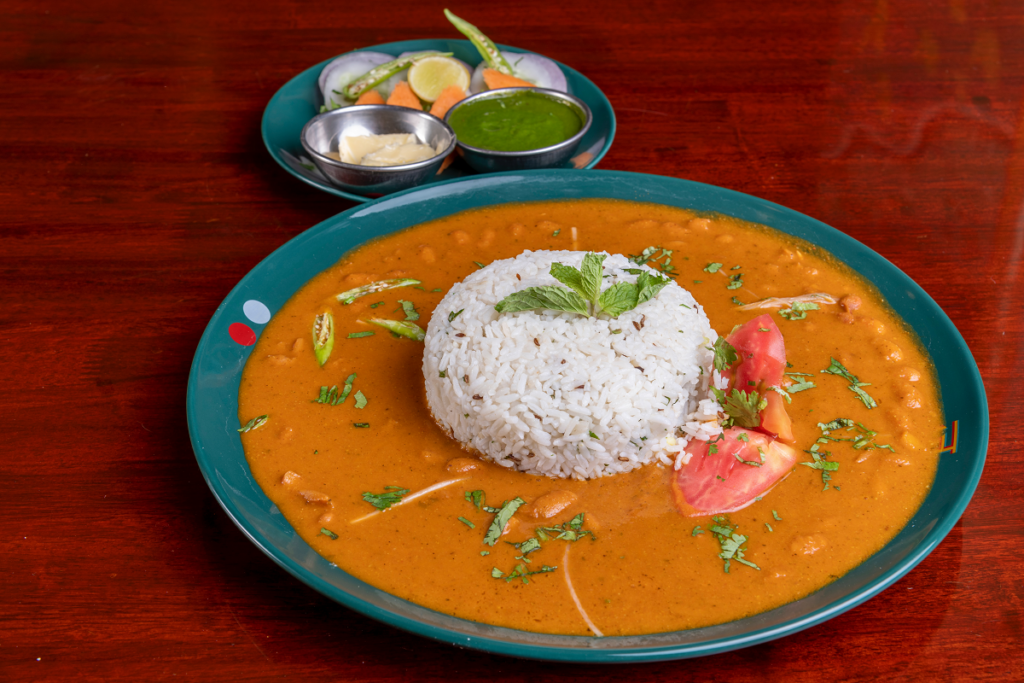
Myth 4: India is overcrowded and chaotic everywhere
While it is true that certain parts of India can be bustling and vibrant, it is important to clarify that this does not apply to the entire country. India is a vast land with diverse landscapes, ranging from bustling cities to serene rural areas. While cities like Mumbai, Delhi, and Kolkata may be bustling with activity, there are numerous places in India where travelers can find tranquility, peace, and a slower pace of life.
India is home to breathtaking landscapes and hidden gems that provide a respite from the perceived chaos. Tranquil destinations like the backwaters of Kerala, the pristine beaches of Andaman and Nicobar Islands, the serene hill stations of Uttarakhand, and the peaceful countryside of Himachal Pradesh offer travelers a chance to escape the crowds and immerse themselves in nature’s beauty. Moreover, India boasts several national parks and wildlife sanctuaries, such as Kaziranga National Park and Ranthambore National Park.
For those seeking truly off-the-beaten-path experiences, India has several hidden treasures to offer. Explore the remote valleys of Ladakh, visiting the ancient caves of Ajanta and Ellora. Or embark on a spiritual journey to the monasteries of Sikkim can provide a more peaceful and authentic encounter with India. Additionally, lesser-known heritage sites like Hampi, Orchha, and Gokarna offer a glimpse into India’s rich history and cultural heritage, away from the bustling tourist circuits. By venturing off the popular tourist routes and exploring these lesser-known destinations.
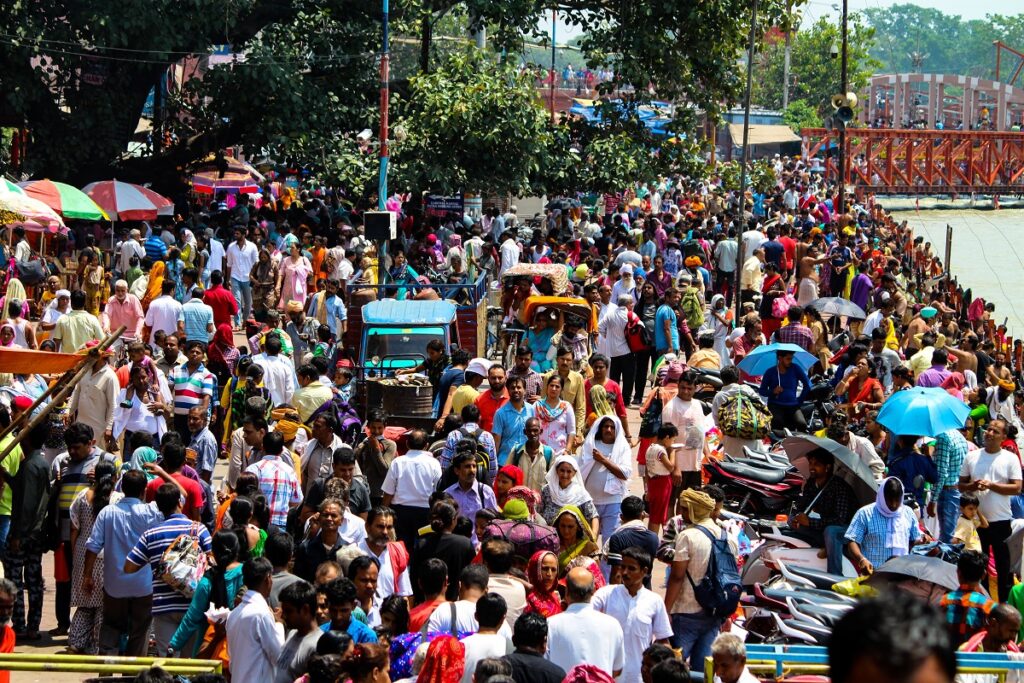
Myth 5: India is a homogeneous country with little cultural diversity
India is a land of immense cultural diversity, where numerous languages, religions, and traditions coexist harmoniously. With over 1.3 billion people, India is home to a rich tapestry of cultures and subcultures. The country boasts a staggering number of languages, including Hindi, Bengali, Tamil, Telugu, and many more, each with its unique dialects and nuances. Moreover, India is a melting pot of religions. Hinduism, Islam, Christianity, Sikhism, Buddhism, and Jainism are all finding their roots in the country. This diversity of languages, religions, and traditions makes India a truly vibrant and culturally rich nation.
India’s cultural diversity is best experienced by exploring its different regions. Each region in India has its distinct traditions, festivals, and art forms. For example, in the state of Rajasthan, travelers can witness vibrant folk dances, intricate handicrafts, and magnificent forts that reflect the royal heritage of the region. In the northeastern states, such as Assam, Nagaland, and Manipur, visitors can immerse themselves in the indigenous cultures and witness the mesmerizing dance forms and traditional music unique to these regions. The festivals celebrated across the country, such as Diwali, Holi, Eid, Christmas, and Durga Puja, showcase the diversity of religious practices.
To truly experience the cultural diversity of India, it is essential to venture beyond the popular tourist spots. Smaller towns and rural areas provide a more authentic and immersive experience.
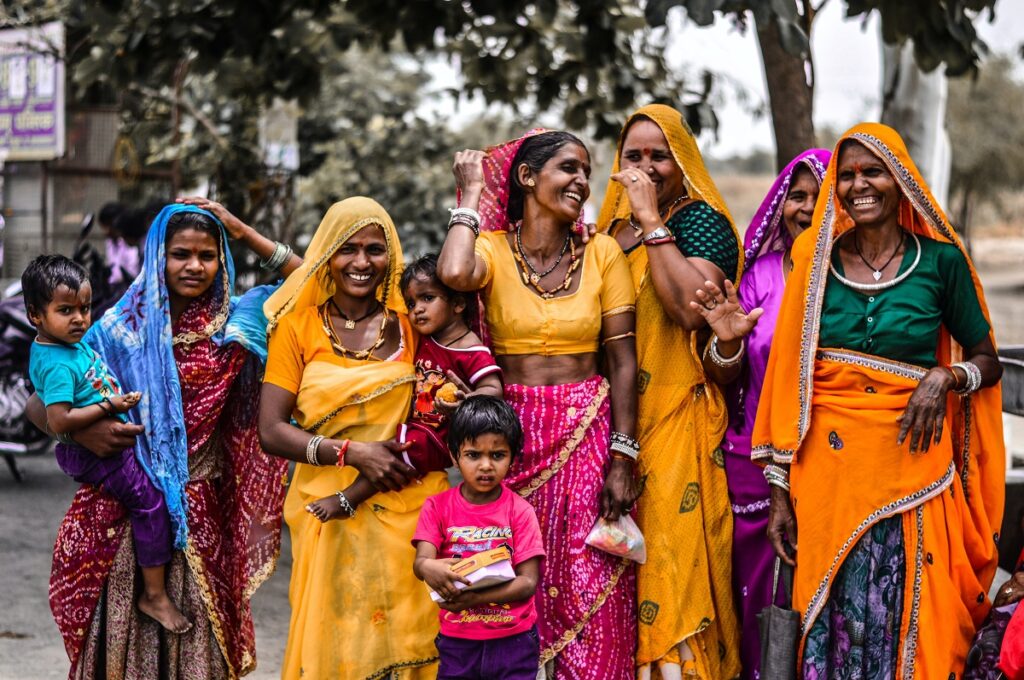
Myth 6: Indian transportation is inconvenient and unreliable
Contrary to the myth, India has a well-developed transportation infrastructure that caters to the needs of travelers. The country offers a range of transportation options. Trains, domestic flights, and modern road networks make it convenient to navigate and explore. India’s extensive railway network is one of the largest in the world, connecting major cities and remote areas alike. It provides a reliable and affordable mode of transportation, allowing travelers to experience the diverse landscapes of India comfortably. Additionally, the domestic airline industry has witnessed significant growth, offering numerous flight connections to various destinations across the country.
India’s transportation options are diverse and cater to the needs of different travelers. The Indian Railways, with its extensive network, offers a range of trains. Including luxury and express trains, providing comfortable and efficient travel experiences. Domestic flights connect major cities and tourist destinations, making it easier to cover long distances quickly. The presence of modern road networks, such as national highways and expressways, ensures smooth and convenient road travel. Additionally, various modes of local transportation, such as buses, auto-rickshaws, and metro systems, are available in urban areas, offering affordable and efficient ways to navigate within cities.
To navigate Indian transportation effectively, it is beneficial to plan ahead and follow a few tips. Online booking platforms and dedicated railway reservation centers make the process convenient. When flying domestically, it is recommended to compare fares and book tickets in advance to secure better deals.
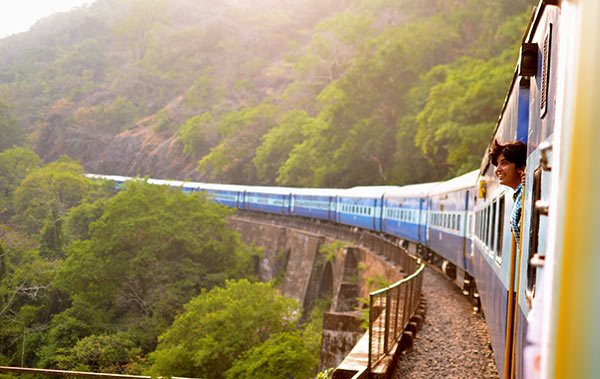
Myth 7: Language barrier makes communication difficult
Contrary to the myth, English is widely spoken and understood in India, making communication easier for travelers. English serves as a lingua franca in many parts of the country, especially in urban areas, tourist destinations, and business hubs. It is commonly used in hotels, restaurants, transportation services, and tourist attractions. Travelers can expect to find English-speaking staff in most establishments, making it convenient to seek assistance and engage in conversations.
While English is prevalent, India is a linguistically diverse country with numerous regional languages. Hindi, Bengali, Telugu, Tamil, and Marathi are just a few examples of the many languages spoken across different states. However, the availability of translation apps, language guides, and online resources can bridge any language gaps that travelers may encounter. These tools can be used to assist with basic communication, such as asking for directions, ordering food, or interacting with locals who may primarily speak the local language.
While English and translation tools can facilitate communication, making an effort to learn a few basic phrases in the local language can greatly enhance the travel experience. Locals appreciate the gesture and willingness to connect with their culture and language. Simple greetings, expressions of gratitude, and polite phrases can go a long way in fostering positive interactions and building rapport. Travelers can find language learning resources, phrasebooks, and online tutorials to help them familiarize themselves with common phrases. The effort to learn even a few words can create a friendly atmosphere and enrich the overall travel experience.
Myth 8: India is only suitable for spiritual or cultural tourism
India offers a myriad of tourism opportunities beyond spiritual and cultural experiences. Adventure enthusiasts can indulge in thrilling activities like trekking in the Himalayas, white-water rafting in the Ganges River, paragliding in Himachal Pradesh, or exploring the deserts of Rajasthan on a camel safari. Wildlife lovers can embark on thrilling safaris in national parks and tiger reserves like Jim Corbett National Park and Bandhavgarh National Park, where they can spot majestic tigers, elephants, and a diverse array of wildlife. For those seeking sun and sand, India boasts stunning beach destinations like Goa, Kerala’s backwaters, and the Andaman and Nicobar Islands, offering picturesque coastlines and opportunities for water sports.
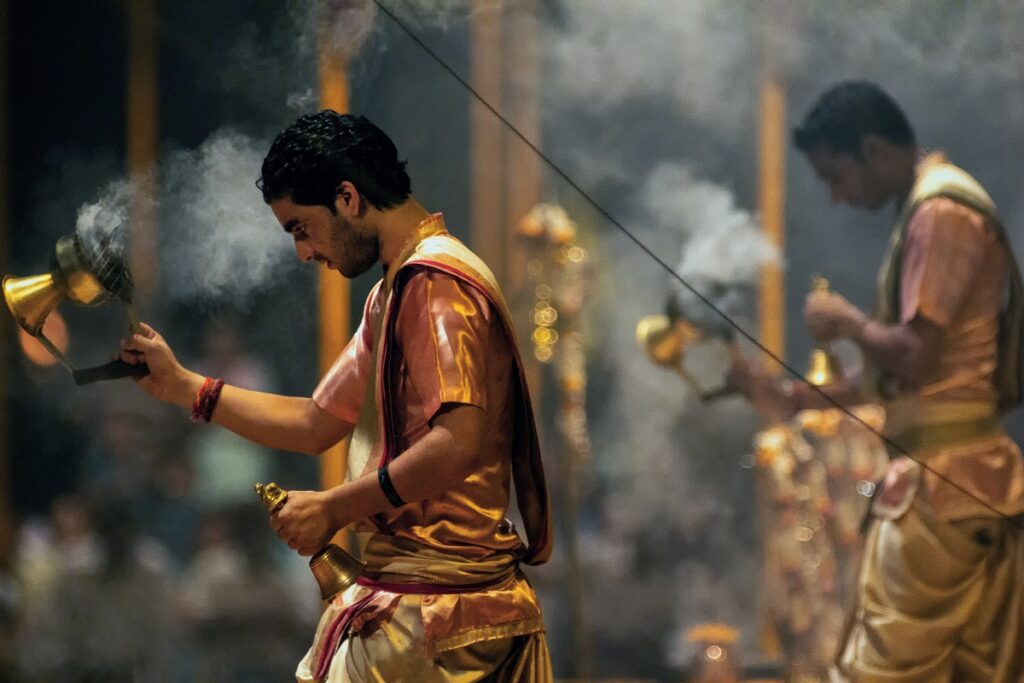
India is not just a land of spirituality and culture; it is also home to vibrant urban cities with modern amenities and bustling nightlife. Cities like Mumbai, Delhi, Bengaluru, and Chennai offer a cosmopolitan experience with bustling shopping districts, upscale restaurants, trendy cafes, and vibrant nightlife scenes. These cities are hubs of technological advancements, fashion, art, and music, attracting people from around the world. Travelers can explore modern architecture, visit contemporary art galleries, enjoy international cuisine, and immerse themselves in the energetic atmosphere of these urban centers.
Beautiful coffee table books on India
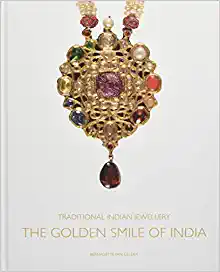
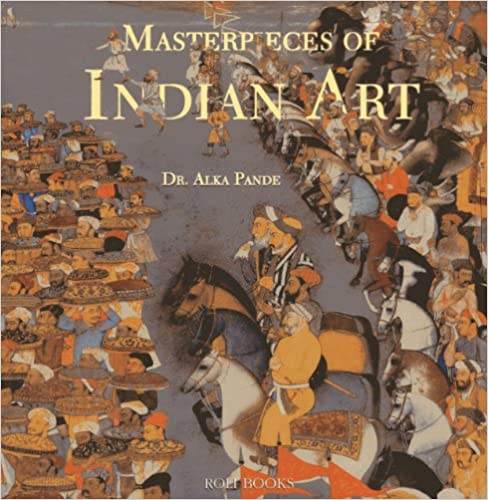
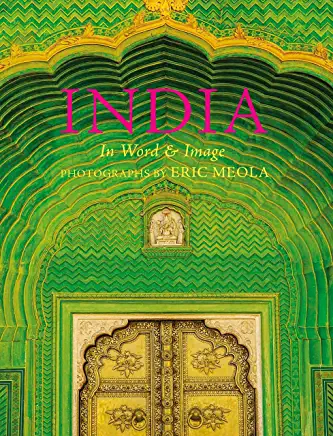
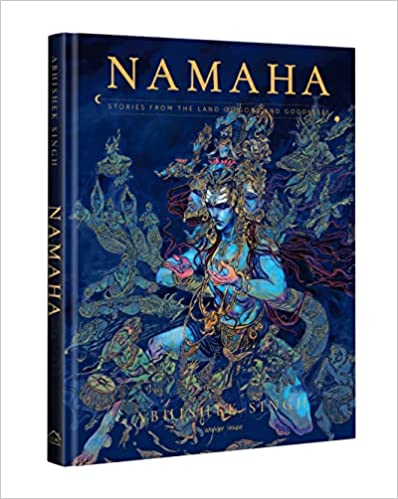
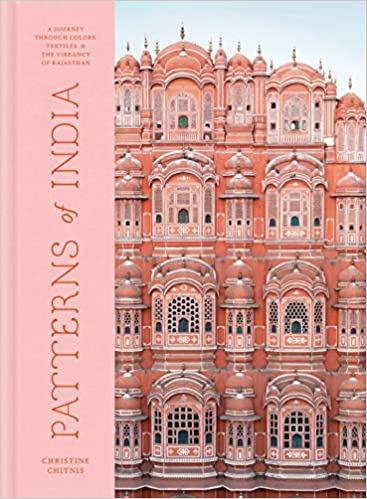
Embark on an unforgettable adventure in India
To wrap it up, it’s time to set the record straight and bust these myths about traveling to India. Don’t let misguided notions hold you back from experiencing the magic that awaits you in this incredible country. From its diverse cultures and breathtaking landscapes to its booming industries and modern amenities, India has something for everyone.
So, pack your bags, open your mind, and get ready to be mesmerized by the wonders of India. Embrace the chaos, navigate the language barriers with a smile, and let the warmth of its people guide you through an adventure like no other. It’s time to debunk the myths and embark on a journey of discovery in the vibrant, diverse, and captivating land of India. India is calling, and it’s time to answer that call with excitement and open arms. Book your trip today and let the magic unfold!
